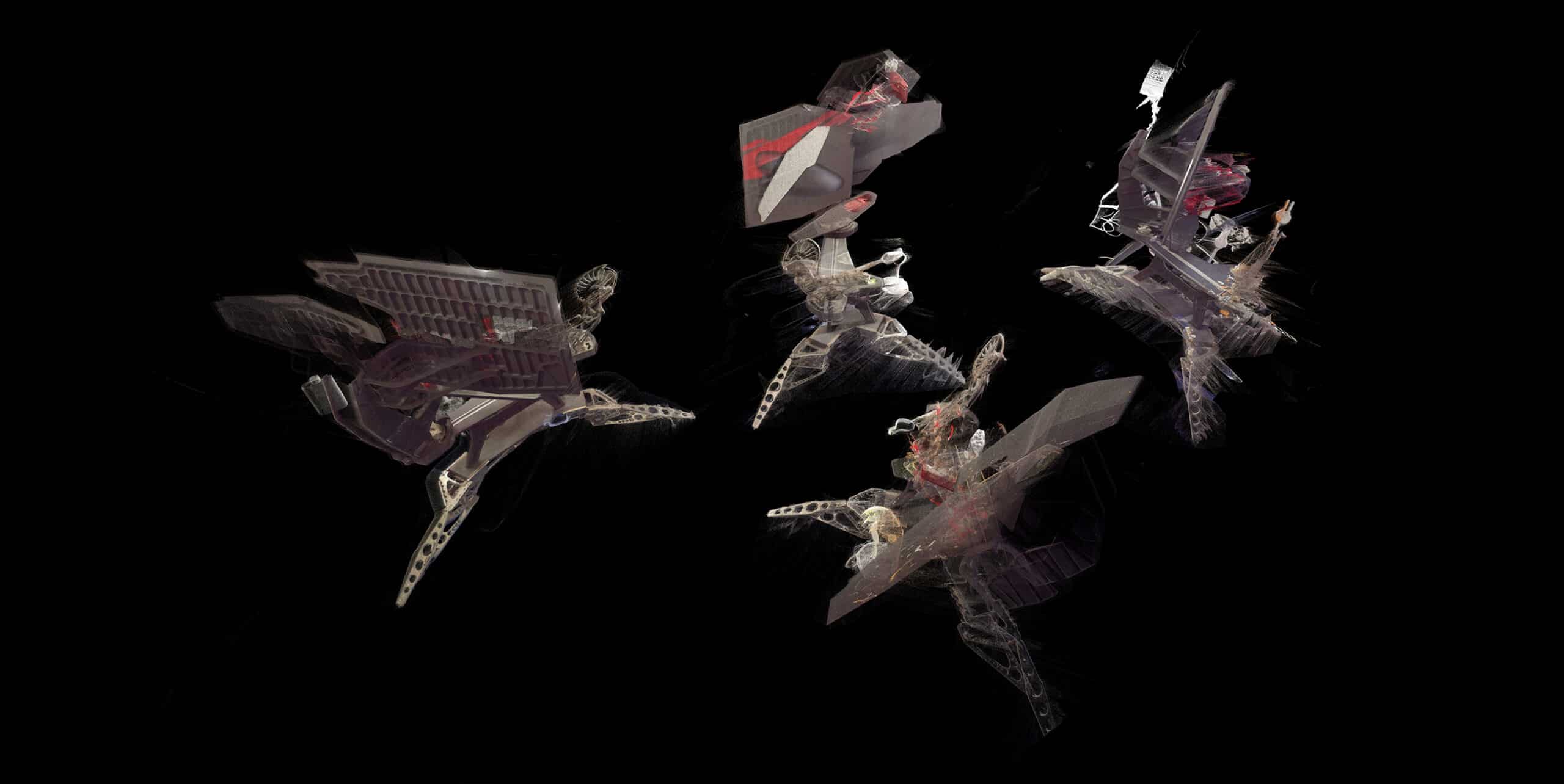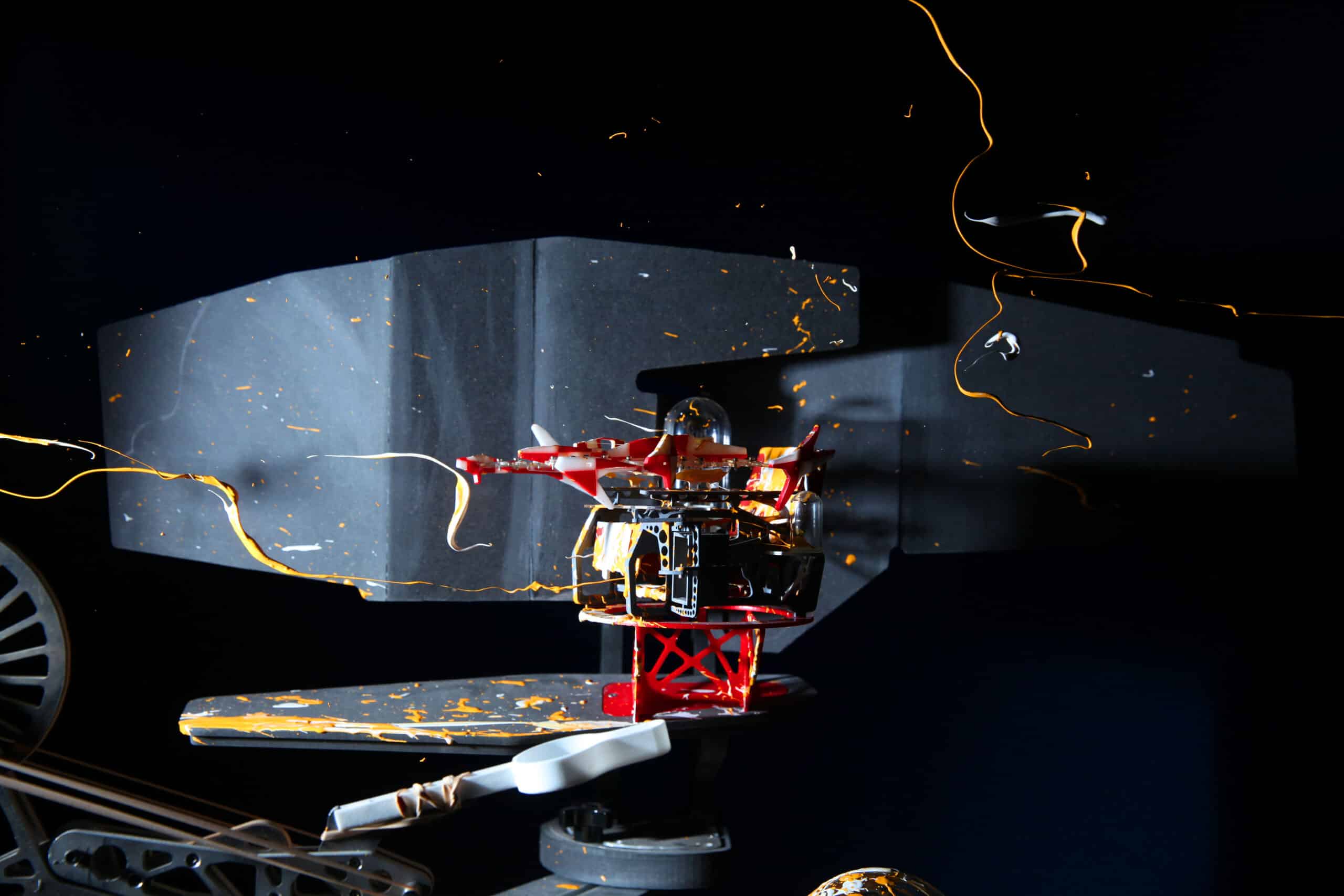DMJ – Instruments of Uncertain Occupation
Architecture is a promiscuous practice that touches and learns from many other disciplines. Architects have associated their studies with other specialisations in the sciences, arts and humanities and many of the aspects of architectural education draw upon and defer to those realms. To make architecture one needs to gather ideas from many domains and invent a way of either making sense of how they come together or construct something that allows others to make their own understanding. That act of inventive gathering is at the core of the practice of architecture, yet it does not have a disciplinary status. This has not mattered until recently when, under the guise of ‘accountability’, politicians have devised strategies to simultaneously gain control and divest themselves of responsibility, setting performance targets and measuring everything that professionals do. Such activities require a method and, consequently, attributes become valued for their quantifiability rather than for any value intrinsic to what is being measured. Attributes, however profound, which cannot be measured lose their value.

The work discussed in this paper is part of a search for ways to value the attributes of architecture that are outside conventional measure but are central to what architecture does. This is an attempt to find a voice for architecture as a discipline on its own terms.
While the architectural programme might imagine what the client wishes to take place in a building, this is at best a reductive tool and misses much of what will transpire—the unanticipated and unrepeatable happenings that make up such an important part of our lives. Much of the ability to address such indeterminate conditions is acquired as tacit knowledge. If we wish to measure something it needs to exist in the realm of explicit knowledge. The instruments discussed in this paper learn from the didactic tools of explicit knowledge to propose ways of constructing and discussing tacit knowledge in its own realm. They do not provide answers or measurements but might provoke an engagement with those aspects of architecture that matter but do not register in reductive or explicit ways.



To discover how to approach such a search, we can learn from precedents such as Nikolai Ledovsky’s psychotechnical experiments at the Vkhutemas School of Architecture in Moscow (1927), French physician Hippolyte Baraduc’s fluidic photography (mid-1890s), which he claimed could capture images of the human soul, and the construction of habitat dioramas at the American Museum of Natural History in New York in the 1930s and 1940s (and especially the background paintings by the architect James Perry Wilson). These works that propose realms of explicit knowledge touch on so many dimensions outside its grasp that our imagination is drawn beyond the scope of their professed logics. The author’s instruments put describable sets of logic into play with the auto-creations of the instruments, of which sense can only be made through the imagination of the observer.
Download the full article as a printable PDF
DMJournal–Architecture and Representation
No. 2: Drawing Instruments/Instrumental Drawings
Edited by Mark Dorrian and Paul Emmons
ISSN 2753-5010 (Online)
ISBN 978-1-9161522-4-3
About the author
Nat Chard is Professor of Experimental Architecture at the Bartlett, University College London, following professorships at the Royal Danish Academy, Copenhagen, the University of Manitoba, and the University of Brighton. He is an architect registered in the UK and has practised in London. His work has been published and exhibited internationally. His research practice develops means of discussing uncertain conditions in architecture, explored in his recent work through the construction and operation of a series of drawing instruments.
Click here to receive updates about the journal, and future calls for abstracts.
